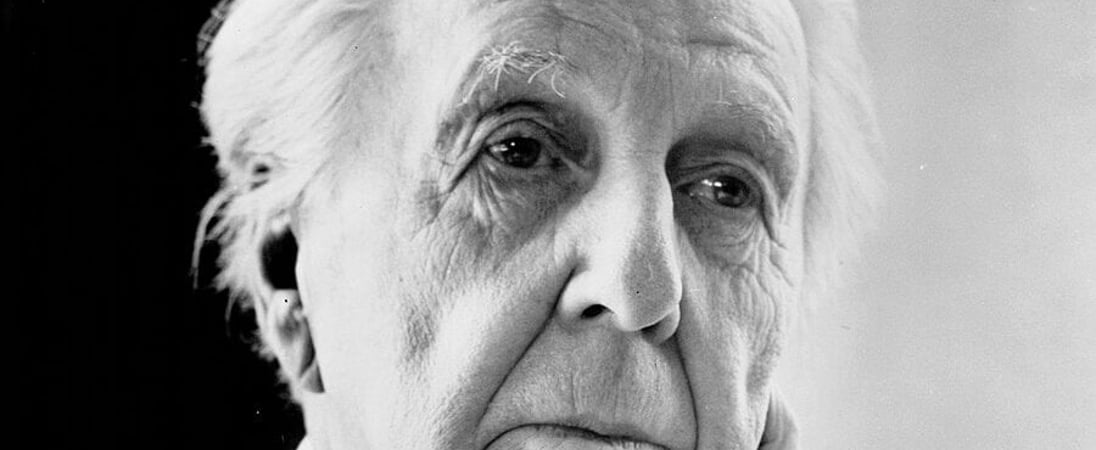
Frank Lloyd Wright's birthday
Frank Lloyd Wright, born on June 8, 1867, was a remarkable architect. He designed buildings that changed the way we think about spaces.
Wright’s work includes some of the most famous structures in the world. He always pushed the boundaries of design, making every building unique.
Throughout his long career, he inspired many by showing that architecture could blend with nature. Frank’s legacy lives on, influencing architects everywhere.
Frank Lloyd Wright’s Early Years and Learning
Frank Lloyd Wright’s journey began in Richland Center, Wisconsin. His mother had big dreams for him even before he was born.
She decorated his nursery with pictures of buildings, hoping to inspire him. Thanks to her, Wright’s love for design started early.
As a child, he spent a lot of time playing with blocks. These were not just any toys but a special set that encouraged creativity. They helped him understand shapes and structures, and this play laid the foundation for his future.
Wright’s education was comprised of various experiences. He attended the University of Wisconsin-Madison for a short time, but he didn’t stay long.
Eager to learn more about architecture, he left school. In 1887, Wright moved to Chicago. There, he worked for famous architects. This hands-on experience was better than any classroom for him. He learned by doing, shaping his unique style.
Despite leaving formal education early, Wright never stopped learning. He always explored new ideas, and his curiosity drove him to become one of the most innovative architects of all time.
Frank Lloyd Wright’s Triumphs and Milestones
Frank Lloyd Wright’s career was full of groundbreaking work. He didn’t just build houses; he created masterpieces.
One of his first big successes was the Winslow House in 1893. This project showed his unique style. He mixed beauty with functionality, a theme in all his work.
In 1909, Wright made a bold move: He left America to work in Europe. This decision shocked many, but it led to his first major publication. A book of his designs spread his fame across continents, and people everywhere admired his innovative approach.
Returning to the U.S., Wright embarked on one of his most ambitious projects: ‘Taliesin.’ This was more than a home; it was a studio, a school, and a community.
Located in Wisconsin, it became a place for Wright to teach others. He shared his vision of harmony between buildings and nature.
The 1930s brought another highlight: ‘Fallingwater.’ This house in Pennsylvania is a marvel. It stands over a waterfall, blending into its surroundings perfectly. Critics and the public praised it. Fallingwater cemented Wright’s place in architectural history.
But Wright’s life wasn’t just about buildings. He faced personal and financial challenges, too. Despite these struggles, he kept pushing forward. His resilience was remarkable. He never stopped innovating, even into his 80s.
Wright’s impact goes beyond his lifetime. He founded the Taliesin Fellowship, a community of architects and artists.
This group continues to spread his ideas. Wright showed that architecture is not just about structures. It’s about creating spaces that improve people’s lives. His legacy inspires architects and designers around the world.
Interesting Facts About Frank Lloyd Wright
Prairie Style Pioneer: Wright is known for developing the Prairie Style of architecture, which is characterized by low, horizontal lines that mimic the natural landscape.
Autobiographies: He wrote two autobiographies, offering deep insights into his philosophy and personal life, showcasing his talent in storytelling.
Innovative Materials: Wright often used new materials and building techniques, such as textile block construction and cantilevered structures.
Global Influence: Wright’s work wasn’t just popular in the United States; his designs can be found in Japan, including the famous Imperial Hotel in Tokyo.
Broadacre City Concept: He proposed a utopian vision for urban planning called Broadacre City, emphasizing low-density, land-intensive living.
Stained Glass Artist: Wright designed hundreds of stained glass windows, doors, and light fixtures, integrating them into his architectural projects.
Legacy in Education: The Frank Lloyd Wright School of Architecture, originally part of the Taliesin Fellowship, continues to educate architects in his design principles.
Architectural Record: By the end of his career, Wright had designed more than 1,000 structures and completed over 500.
Also on this date...
National Best Friends Day
Get together with your best friend, or take a little time to get in touch if you’ve moved away and strengthen your connection to that one person who always gets you.
World Oceans Day
With oceans making up 66% of our Earth, it’s crucial we raise awareness about and tackle the threats facing these life-giving and life-containing bodies of water.
World Brain Tumor Day
Unlocking mysteries of the mind, sparking conversations, and fostering empathy through shared understanding and advocacy efforts.




